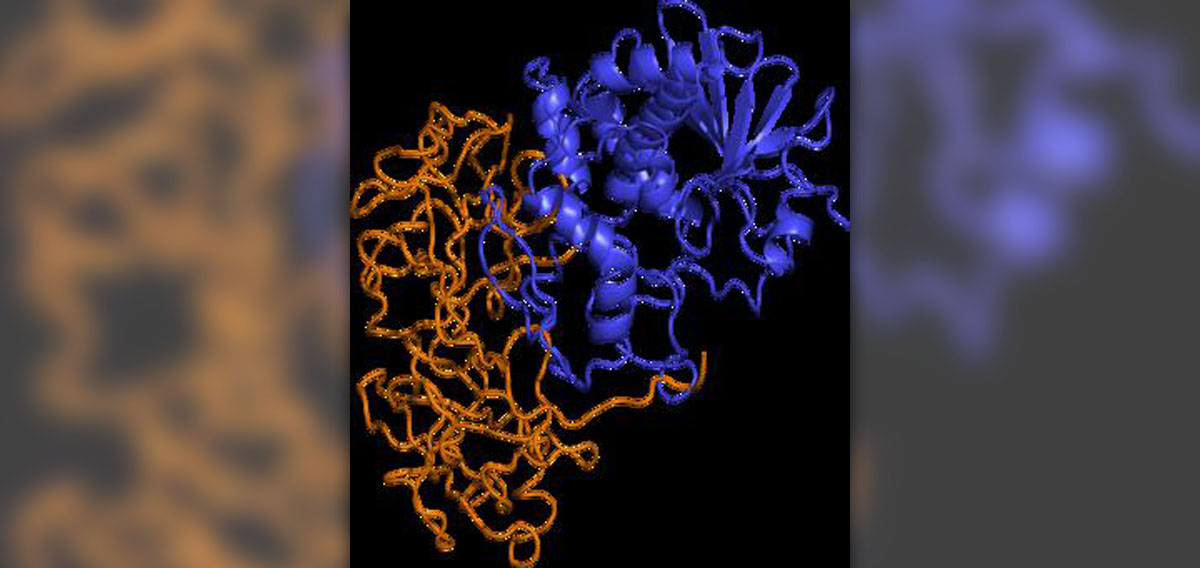
Ricin is a very toxic protein which occurs naturally and isderived from the castor plant oil. This plant is commonly used for theproduction of castor oil which serves numerous purposes. It is botanicallyreferred to as ricinus communis. A lethal dosage of ricin is somewhere around 22micrograms per kilogram if the exposure occurs by inhalation or injection. So thatmeans that only a few grains of ricin may kill an adult person. Oral exposureis the lethal one, and is characterized by a lethal dose of somewhere around 25milligrams per kilogram. Ricin has two chains which are the A chain and the B chain.The A chain is characterized by three structural domains and it is actually anN-glycoside type of hydrolase which consists of 267 different sorts of aminoacids. The B chain is actually defined as a lectin, as far as chemical termsgo, and it actually includes 262 different types of amino acids. There are alarge number of other plants which contain the aforementioned A chain, but theydo not have the B chain. This is a good thing, because the A chain is notcharacterized by high toxicity. The B chain is the problematic one, which isheld responsible for the higher toxicity of ricin and all similar substances. The process of manufacture is a relativelysimple one as it involves the purification of the waste left from themanufacture of castor oil. The leftovers from the process of oil extraction areindustrially referred to as the waste mash. This mash contains up to 10 percentof ricin, depending on the efficiency of the process. There are certain simplechromatographic techniques which are sufficient for a proper separation. Theprocess of ricin extraction is actually a patented one and it is actually quitesimilar to pre process utilized for the separation of soy bean isolates. Thepatent is nowadays available online.
Toxicity
Ricin is a toxin, and the exposure to it may occur invarious different ways. It acts as a very strong inhibitor of the synthesis ofproteins. It can be either, ingested, inhaled or inject. Digestion ofpeptidases has a very low and weak effect on the ricin. Ingestion of ricin isthe least dangerous way of exposure as it commonly causes mucosal injuries andaffects the entire gastrointestinal tract. Certain treatment methods can beused in order to reach a full recovery. The initial symptoms usually startshowing up after a few hours following the exposure because it takes quite awhile for the body to understand that there is a failure in the production ofproteins. There is no specific treatment options for ricin poisoning there areonly certain supportive and systematic treatment methods available. Those whosurvive the poisoning usually sustain some long term organ damage which maylead to further medical complications. Most cases of ricin poisoning areassociated with severe bouts of diarrhea and there were a large number ofpeople who died of shock. Fatal outcome commonly occurs after approximately 4days following the initial exposure. There are only rare cases of death inducedby the ingestion of castor plant seeds, mainly due to the fact that they alsofeature a completely indigestible capsule.
Overdosage
Oral ingestion of castor beans is among the most acute typesof poisoning. Some adults may take 5, some may take 20, but both could be afatal dosage, depending on the person. In order to diagnose ricin overdosage,there are certain criteria which need to be noted by the health care provider. Thoseinclude ricin concentrations in the urine, ricin concentrations in the plasma,ricin concentrations in the blood, seizures, hypotension, tachycardia,diarrhea, emesis and nausea, among several other less common symptoms andsigns.
Use as a Chemical/Biological Warfare Agent
Ricin was investigated for potential military use as a biologicalor chemical type of weapon during World War I. The military scientistsconsidered it for use as a coating for bullets or as a toxic type of dust. Fortunatelyenough, the war has ended before such weapons could have been put to theirintended use. During the World War II, there were similar military used ideas,as they intended to make cluster bombs filled with ricin. Once again, theweapon did not see the light of day because it was not that economical in termsof production and usage.
Potential Medicinal Use
There are some speculations that ricin may be very helpfulwhen used in certain medicinal situations. Some scientists claim that it may beof great help when it comes to the treatment of certain types of cancer, due toits ability to be genetically linked to monoclonal antibodies. Ricin stillneeds to be heavily modified in order to serve such purposes. There are alsoindications of a possibility of insecticidal use of ricin as well.



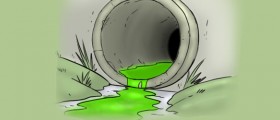


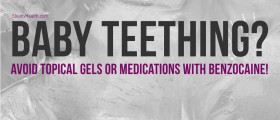

-Causes,-Symptoms,-Diagnosis-And-Treatment_f_280x120.jpg)

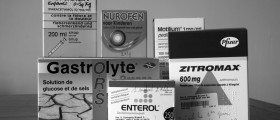




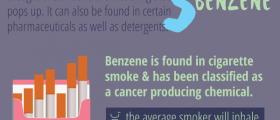

Your thoughts on this
Loading...